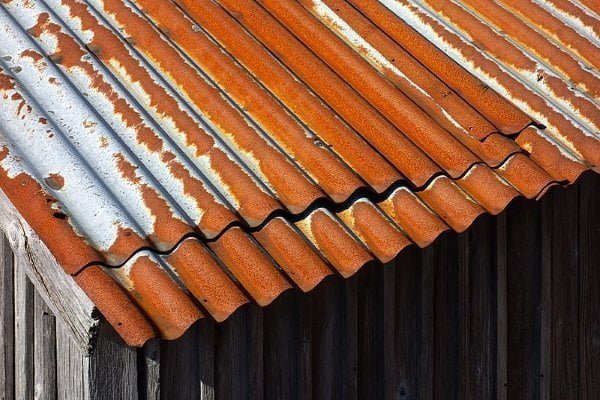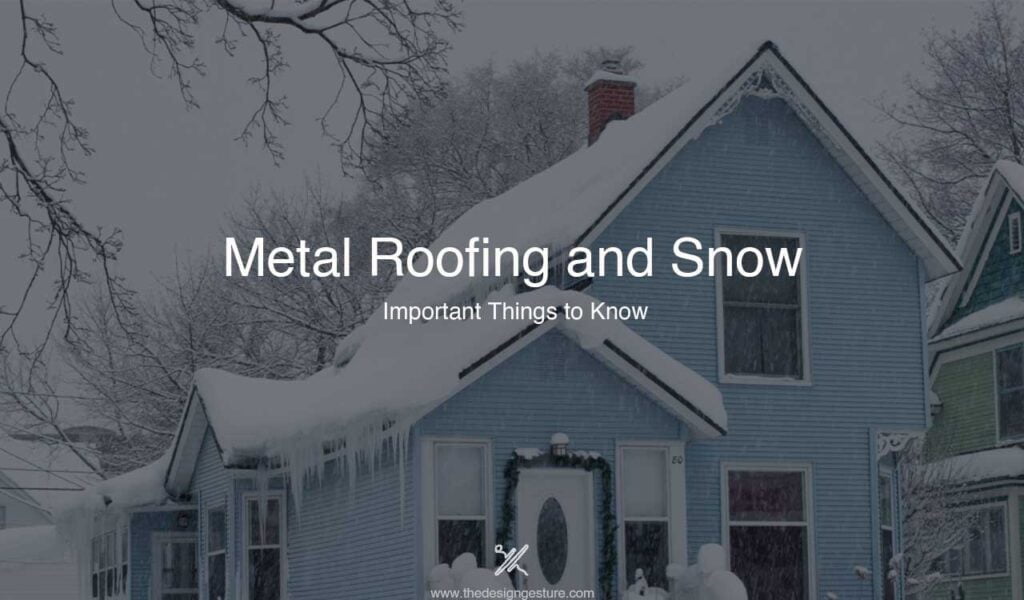Metal roofing has become increasingly popular in recent years due to its durability, longevity, and energy efficiency. However, with winter comes the challenge of snow and ice accumulation on rooftops, which can cause severe damage if not adequately addressed. In this blog, we will discuss what you need to know about metal roofing and snow, including the benefits and common problems that arise with snow and ice buildup on metal roofs and how to prevent and deal with these issues. Whether you’re considering installing a metal roof, you can hire a metal roofing company. For more information, check the Ottawa Metal Roofs site.
What are the benefits of metal roofing in a snowy climate?
Snowy climates can be challenging for homeowners, especially when choosing the right roofing material. In such areas, heavy snow loads can cause damage to traditional roofing materials, resulting in leaks and other structural problems. This is where metal roofing comes in as an ideal solution. Here are some of the key advantages of metal roofing in snowy regions:
- Durability:
Metal roofing is incredibly durable and can withstand heavy snow loads without the risk of collapse or damage. This is because metal roofing materials are designed to be strong and lightweight, withstanding the weight of snow without bending or warping.
- Energy Efficiency:
Metal roofing is an energy-efficient option, particularly in snowy climates where the roof’s ability to retain heat can help to reduce heating costs. Metal roofing reflects sunlight, which can help keep the roof and attic space cooler in the summer and warmer in the winter.
- Low Maintenance:
Metal roofing requires minimal upkeep, making it an ideal choice for busy homeowners in snowy regions. Metal roofing is resistant to mold, mildew, and rot and does not require frequent cleaning or repairs.
- Longevity:
Metal roofing has a longer lifespan than traditional roofing materials, such as asphalt shingles, which can become damaged by heavy snow and ice. Metal roofing can last up to 50 years or more, depending on the type of metal used and the quality of installation.
- Shedding snow
Metal roofs have a smooth surface that allows snow and ice to slide off quickly and easily, preventing the buildup of heavy snow loads that can damage other roofing materials.
What problems can arise with snow and ice buildup on metal roofs?
While metal roofing is a durable and reliable option for snowy climates, some common problems can arise with snow and ice buildup on metal roofs. Here are a few of the most common issues and tips on how you can deal with these problems:
- Ice Dams

Ice dams occur when snow and ice melt on the roof and refreeze along the eaves, causing a barrier that prevents proper drainage. This can lead to water damage and leaks in the interior of the building.
Solution: If you notice the formation of ice dams on your metal roof, it’s essential to address the issue promptly to prevent water damage and leaks in your home or building. Use a roof rake to remove snow from the roof and prevent additional melting and refreezing. You can also use calcium chloride ice melt to help melt the ice dams.
- Snow Slides

Snow can accumulate on a metal roof; if it is not cleared away, it can slide off suddenly and potentially cause injury or damage to the property below.
Solution: When the snow has accumulated on your metal roof and is at risk of sliding off, it’s essential to take appropriate measures. You can use snow guards or fences to prevent snow from sliding off suddenly or hire a professional to safely remove snow from the roof.
- Corrosion

Exposure to snow and ice can cause metal roofing materials to corrode over time, mainly if the roof is not maintained correctly.
Solution: Consider applying a protective coating to the roof or hiring a professional to repair any areas that have been affected by corrosion.
- Structural Damage
Heavy snow loads can stress the roof structure, leading to bending, warping, or even collapse in extreme cases.
Solution: Whether heavy snow loads have caused structural damage to your metal roof, removing snow from the roof as soon as possible is important to prevent further damage. Consider a roof rake to remove snow from the roof safely. Seek professional help immediately. A professional roofing contractor can recommend appropriate measures based on the specific damage to your roof.
- Insulation Problems
If the roof is not correctly insulated, snow and ice can cause heat loss through the roof, leading to higher energy costs and potential damage to the building’s interior.
Solution: If you notice heat loss through your metal roof during winter, consider adding additional insulation to your attic space. This can help to prevent energy loss and reduce your heating costs.
How to prevent the problems caused by snow and ice buildup on metal roofs?
Preventing common problems caused by snow and ice buildup on metal roofs requires proper maintenance and preparation. Here are some steps you can take to prevent these issues:
- Inspect Your Roof
Regularly inspect your metal roof for signs of damage or wear, particularly before and after heavy snowfalls. Look for signs of corrosion, loose or missing fasteners, and any areas that may be prone to ice dams.
- Clear Snow and Ice Buildup
Remove snow and ice buildup from your roof regularly to prevent the formation of ice dams and snow slides. Use a roof rake or hire a professional to clear the roof safely.
- Install Proper Insulation
Proper insulation can help prevent heat loss through the roof, leading to higher energy costs and potential damage to the building’s interior. Consider adding additional insulation to your attic space if necessary.
- Use Heat Cables
Heat cables can be installed along the roof’s eaves to prevent ice dam formation. These cables can be turned on during periods of heavy snow and ice buildup to ensure proper drainage.
- Hire a Professional
If you are not comfortable performing maintenance on your metal roof, or if you have a large or complex roof, consider hiring a professional roofing contractor to inspect and maintain your roof throughout the winter months.
Metal roofs are durable, long-lasting, and require minimal maintenance, making them popular in areas with harsh winter weather. Whether or not a metal roof is suitable for your snow country location depends on your budget, climate, personal preferences, and specific roofing needs. Working with a reputable roofing contractor who can help you assess your options and make an informed decision based on your unique situation is necessary.
Author: John Brooks




